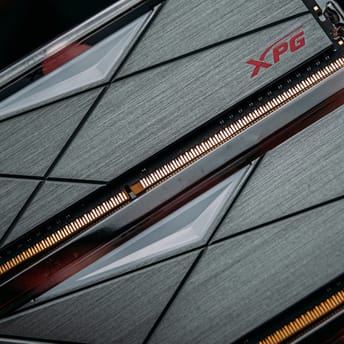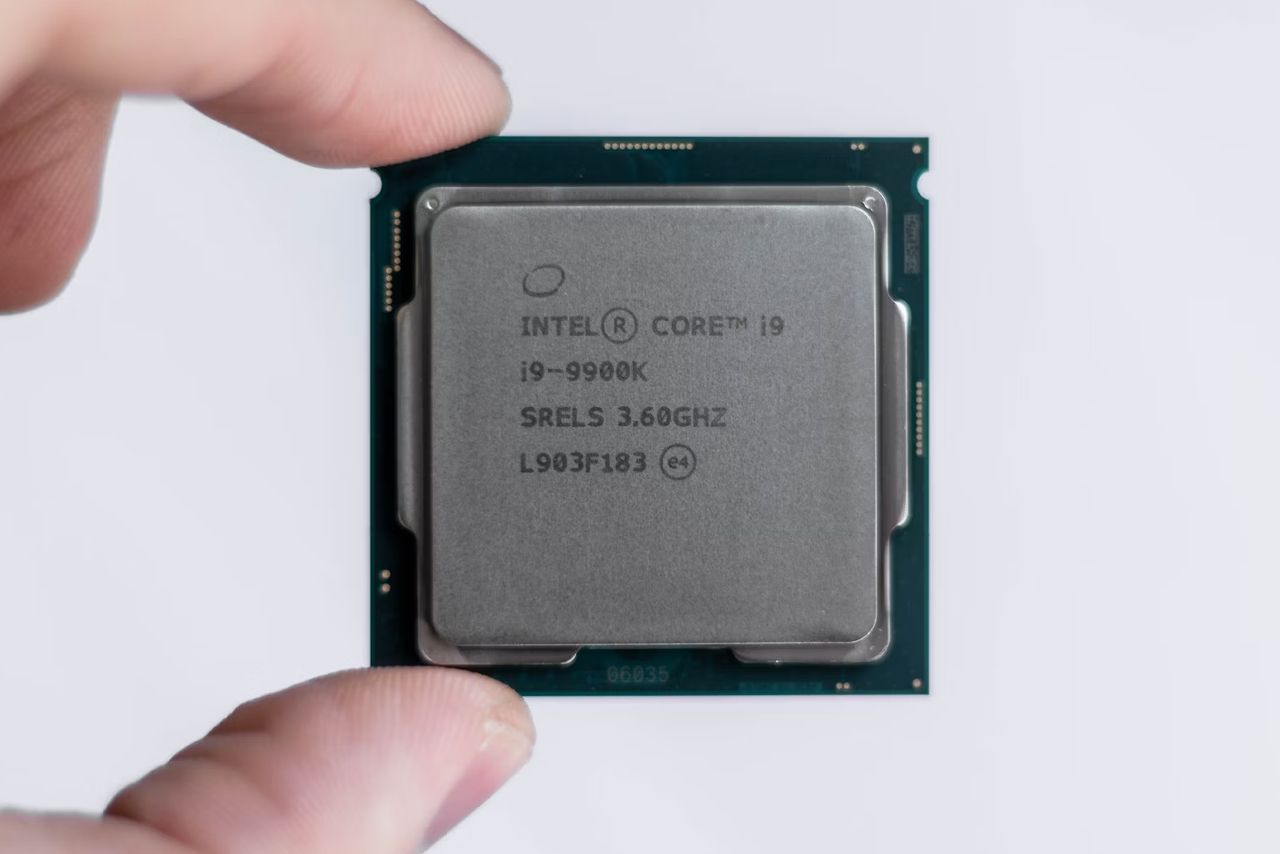
Gaming CPU Basics: Cores, Clock Speed, Cache, and Cooling
|
|
The central processing unit (CPU) is a crucial component of any personal computer (PC). Although many gamers are focused on graphics cards, the processor remains vital for overall performance. It does the main work behind the scenes: AI computing, physics calculations in games, and system coordination, all of which allow your apps and games to run smoothly. If the GPU is the engine responsible for visualization, then the CPU is the brain of your gaming rig. In case you are just planning to build your first gaming computer or want to understand why the system sometimes slows down, this article will help you understand the basics and characteristics of PC processors.
Table of Contents
- Introduction
- What is a CPU?
- How the CPU Affects Gaming Performance
- Essential CPU Specs Explained: Cores, Threads and Clock Speed
- CPU Cooling, Thermal Management, and Overclocking
- How CPUs Are Evolving: More Cores and Other Future Trends
- FAQ
- Gaming CPU: Summary and Selection Tips
Introduction
The advent of increasingly high-performance video chips and improvements in the field of 3D computer graphics have led many gamers to consider the GPU as the key to high FPS. However, the processor remains the most important element, as it handles a variety of tasks and coordinates the work of all internal devices. With a weak CPU, even a top-end graphics card will run into the bottleneck of the processor.
This is especially noticeable in modern open-world titles or those with advanced enemies and systems. Games load the main PC subsystems: the CPU must not only process complex AI logic, but also manage all the other hardware. Therefore, choosing a processor is always a compromise between budget, current needs (games, office work, or CPU-demanding tasks like rendering), and future upgrade prospects.
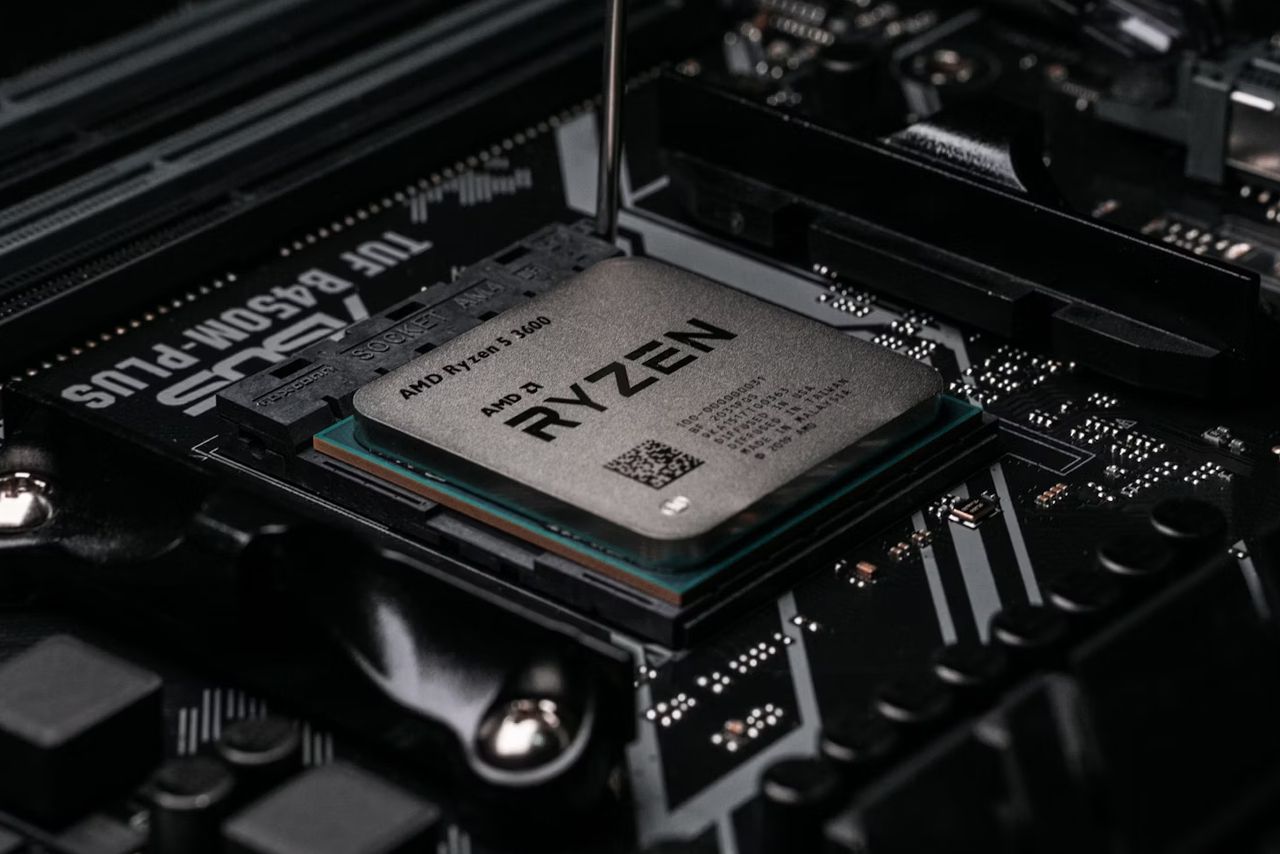
What is a CPU?
What does a CPU do?
A processor is the main computing element of any PC. Simply put, it acts as a manager, distributing and processing commands from applications and the operating system. The first processors had only one core and performed only basic tasks, but modern chips contain many cores and technologies capable of handling multithreaded and graphics tasks.
Brief CPU history
The first commercial processors arrived in the 1970s. Intel’s 4-bit 4004 was the first single-chip CPU, followed by the 8-bit 8080 and 8085; later, the 16-bit 8088 powered the IBM PC 5150 and cemented the x86 standard. By 1993, Intel had released the 32-bit Pentium (P5) with a superscalar architecture, helping bring multimedia desktop PCs into the mass market.
By 2000, the AMD Athlon K7 was the first to reach 1 GHz; Intel soon added Hyper-Threading technology to the Pentium 4. The 64-bit era was opened by Opteron/Athlon 64 (AMD) in 2003, and May 2005 brought both the dual-core Pentium D and Athlon 64 X2 at the same time. In 2011, Sandy Bridge moved the GPU to the same chip, shifting the focus from pure power to energy efficiency and parallelism.
Bringing back competition, the AMD Zen architecture led to the chiplet Zen 2 in 2019; the current Zen 5 Ryzen 9000 and mobile Ryzen AI 300 already carry up to 50 TOPS NPUs. Intel responds with hybrid cores and 3D Foveros packaging: mobile Core Ultra Lunar Lake reaches up to 48 TOPS. This is how a single core evolved into a modular sophisticated piece of hardware, where the CPU, graphics, and AI accelerator function together.
CPU: basic terms
CPU core
The core is a physical computing unit inside a processor capable of executing instructions. In the consumer segment, modern CPUs can have from 2 to 16 cores (there’s also AMD Ryzen Threadripper with 24 cores and some other niche options).
CPU thread
The thread is a logical stream of instructions processed inside a single core (Intel Hyper-Threading or AMD SMT technologies). One physical core can simultaneously serve two threads, which improves overall performance in multithreaded tasks.
CPU cache
The cache is the fast memory inside the processor (it’s significantly faster compared to RAM). CPU cache is divided into several levels (L1, L2, L3). L1 is the fastest and smallest in size, and L2 is average, while L3 is larger but slower. Various older or lower-power CPU models may contain only L1 and L2 caches. A sufficient cache size allows cores to quickly retrieve frequently used data, or, put simply, speed up mundane tasks.
CPU clock speed
The clock speed (measured in GHz) is the frequency at which the processor performs basic operations. The higher the frequency—the faster the instructions are processed (and more heat is generated in the process).
How CPU interacts with other PC parts
The processor coordinates the operation of all computer parts. When a game requests frame output, the CPU processes this task, gives rendering assignments to the GPU, accesses RAM and SSD for textures and other game data, and then synchronizes everything listed above. If the processor lags behind, the entire system may start to slow down or freeze, even if the graphics card itself is capable of delivering high FPS.
How CPU Affects Gaming Performance
In general, CPU performance is determined by a combination of clock speed, number of cores and threads, cache sizes, and microarchitectural optimizations that allow said cores to work with different PC memories and other devices as efficiently as possible.
In modern games, the CPU is responsible for:
- Artificial intelligence (movement and behavior of NPCs, strategy, decision-making).
- Physical calculations (interaction of objects, trajectories of bullets or particles, etc.).
- Scenario logic (mission triggers, scripts, procedural generation).
- Online processing (handling network packets and event synchronization in multiplayer).
The more complex the game, the more tasks are loaded onto the CPU. In AAA titles with hundreds of NPCs and vast open worlds, a weak processor can turn the game into a slideshow because it cannot keep up with all the processes simultaneously.
CPU impact on gaming experience
- FPS. If the computer CPU is not powerful enough, the game runs into its limits, and the frame rate will not be higher than a certain level, regardless of GPU capabilities.
- Stability. Even at high average FPS, stutters or freezes can occur, often linked to CPU delays.
- Response time (input lag). The CPU processes user commands from the keyboard, mouse, or gamepad; the faster it completes the command cycle, the more responsive the controls feel.
CPU vs GPU bottleneck: can a weak CPU limit your GPU?
The bottleneck in a PC is often the component that prevents the rest of the system from reaching its peak performance. If the graphics card is significantly more powerful than the processor, then the GPU is forced to wait for the CPU to handle the game logic and other tasks, which leads to frame loss. Striking a balance between CPU and GPU is the key to optimal frame rates and stability. Consequently, you need to choose a CPU+GPU pair with other factors in mind (RAM size, SSD speed, system bus bandwidth, etc.).
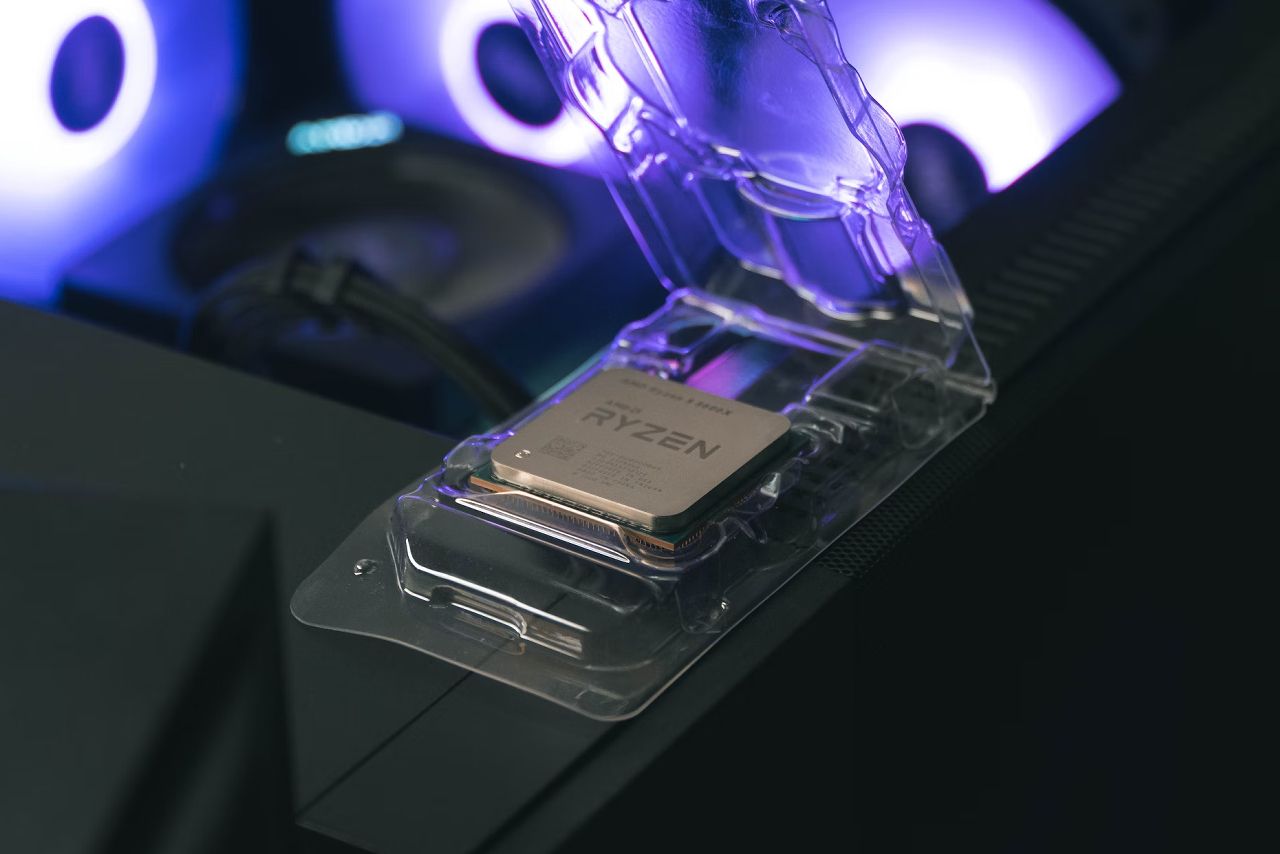
Essential CPU Specs Explained: Cores, Threads and Clock Speed
To choose the right CPU, you must understand the primary characteristics that affect performance in games.
CPU cores and threads
Multithreading is the ability of a system to efficiently utilize multiple cores and threads. More physical cores provide higher computing power, especially in resource-intensive tasks (streaming, rendering, and video editing).
For games, it’s more complicated than that: many modern titles scale to 6-8 cores, but over 8-12 threads, only a limited number of AAA games show a noticeable increase. Nevertheless, multithreading optimization continues to grow, and top-end CPUs (12+ threads) can show clear advantages in larger games.
CPU clock speed
Although the race for GHz is in the past, the frequency remains an important indicator, especially for tasks based on one or two cores (or when the game engine is not well-optimized for multiple threads). This is also important for older games that were designed for a single thread (Crysis, for example) or some modern indie games that were not originally developed with the concept of multithreading in mind (like Rimworld).
Higher clock speed translates directly to faster execution of CPU instructions, which meaningfully impacts FPS in various games and speeds up other workloads. Therefore, a CPU with fewer cores but higher frequencies can bypass a counterpart with more cores in specific tasks.
L1, L2, L3 CPU caches
The cache memory acts as a buffer for frequently accessed data. The larger and faster the cache—the less often the CPU has to address other types of PC memory, speeding up work.
- L1: closest to the core, extremely fast, but only a few dozen kilobytes.
- L2: larger but slightly slower, often a few megabytes per core.
- L3: a shared cache among all cores in most CPU designs, measured in megabytes, slower than L2, still faster than RAM.
In modern games, the L3 cache can have a noticeable effect on how quickly certain scenes load or run.
Modern CPU architecture
The shift from 32-bit to 64-bit systems allowed access to more than 4 GB of RAM and introduced expanded instruction sets. Now, almost all modern games require a 64-bit OS and CPU. Today, microarchitectural improvements (more efficient pipelines, better branch prediction, improved power usage, and many others) yield bigger net positives and performance gains than raw clock speed alone.
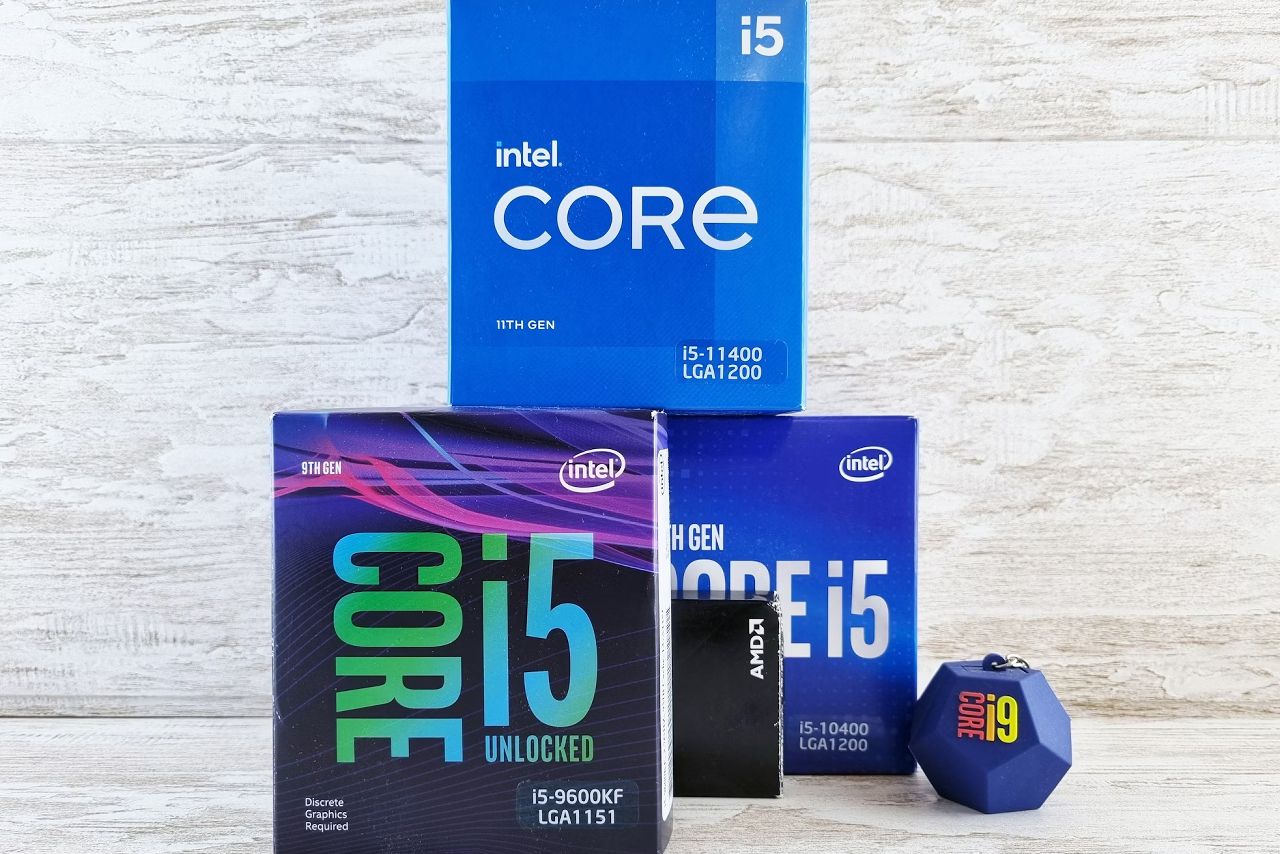
CPU Cooling, Thermal Management, and Overclocking
Why CPU cooling is crucial
Processors generate heat proportionally to power and clock speed. In gaming PCs, efficient cooling is essential—otherwise, you risk losing FPS to throttling (the process by which the CPU lowers its performance to avoid overheating and hardware damage). Stable temperatures lead to predictable CPU performance. When a processor hits its thermal limit, clock speeds are reduced to avoid damage, causing FPS drops and unpleasant stuttering.
CPU cooler types: air vs liquid
- Air coolers. A popular, cost-effective option. Quality tower designs with multiple heat pipes can often handle 8-12-core CPUs.
- Liquid coolers (AIOs). Pricier and require careful installation, but can provide better cooling and lower noise, which is especially important for high-end CPUs.
There are many free and paid tools available for monitoring CPU temperature and system statistics (HWMonitor, Core Temp, HWiNFO, Aida 64, default Windows solutions, etc.).
A detailed look at PC cooling: choosing thermal paste, case airflow, and more, will appear in a separate article.
What is CPU overclocking?
Overclocking means increasing the clock speeds and voltage of a CPU beyond factory settings.
CPU overclocking benefits
Raising core frequencies can boost FPS in certain games. The exact gain depends on the specific CPU model and cooling solution. Sometimes you’ll see a 5-10% increase, occasionally more.
CPU overclocking risks
CPUs include many safeguards against overheating and voltage spikes. However, pushing high voltage with subpar cooling can shorten a CPU’s lifespan, straight-up ruin it, or even brick your entire rig. In most cases, manufacturers do not cover damage from extreme overclocking under warranty.
Modern PC CPUs from both Intel and AMD include built-in automatic overclocking features that dynamically increase clock speeds based on workload and thermal headroom. Intel’s Turbo Boost and AMD’s Precision Boost technologies allow the processor to temporarily run above its base frequency when conditions permit (for example, during gaming or heavy multitasking). These boosts are fully automatic and do not require manual tuning, offering a safe and efficient way to get extra performance without the risks associated with traditional overclocking.
A detailed guide on overclocking tech, motherboard selection, and more will be addressed in a dedicated article.

How CPUs Are Evolving: More Cores and Other Future Trends
Hybrid architecture technologies
With Alder Lake, Intel introduced large (P) and small (E) cores, where the larger cores handle heavy tasks and the smaller ones handle background operations. AMD has stated that it does not plan to follow Intel’s hybrid approach
Smaller lithography nodes
Moving to smaller lithography nodes allows more transistors in the same chip area, boosting performance and reducing power consumption. But as manufacturing becomes more complex, prices for flagship CPUs rise.
More cores
Flagship CPUs already feature 16 or more cores. Games can benefit when engines support extensive multithreading, but these processors also demand more power and robust cooling. Developers are steadily optimizing game engines for an excessive number of cores, too.
FAQ
What is a good and safe CPU temperature while gaming?
A normal CPU temp under typical workloads ranges from 35°C to 65°C, while a good CPU temp during gaming or heavier tasks is usually between 65°C and 85°C. The CPU temperature range may vary depending on the processor model, but anything above 90°C could indicate CPU overheating. Most systems operate best when staying within the average CPU temp range of 60-80°C. For long-term stability, it’s best to keep your processor within a safe CPU temp zone and monitor your CPU temp regularly using reliable software.
What CPU do I have?
To find out what CPU you have, press Ctrl + Shift + Esc to open Task Manager, go to the Performance tab, and click on CPU—your processor model will be listed at the top.
What does CPU stand for?
CPU stands for “central processing unit”.
How to lower CPU usage?
To lower CPU usage, close unused background apps, disable startup programs, and scan for malware. You can also update drivers, reduce in-game graphics settings, and turn off resource-heavy browser tabs or extensions. In some cases, adjusting your power plan or reinstalling problematic software can help stabilize CPU load.
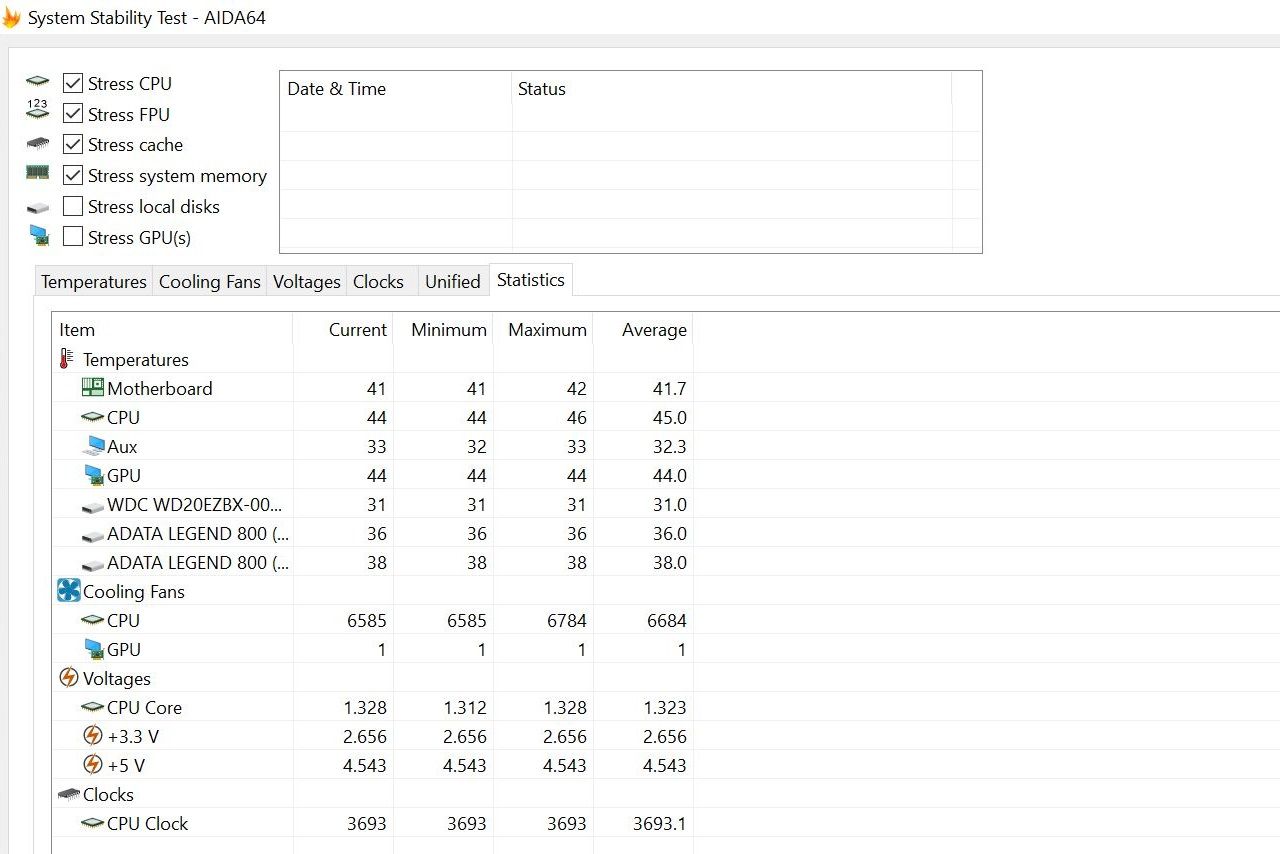
Gaming CPU: Summary and Selection Tips
Choosing a processor is one of the most important decisions when building or upgrading a gaming PC. A poorly matched CPU can become the bottleneck that limits the entire system’s potential, whether it’s a top-tier GPU or high-speed RAM.
Key points for picking a gaming CPU
- Determine your budget and the balance between CPU and GPU.
- Consider the genres of games (high clock speeds for simple competitive shooters; more cores and threads, and larger cache sizes for AAA titles).
- Look at CPU architecture: newer generations tend to be more energy-efficient and offer better performance.
- Don’t neglect cooling—any productive CPU needs an adequate cooler.
The next article about CPUs will analyze the most relevant gaming processors of 2025 for various budgets.
As modern games grow more complex, CPU demands are rising. Developers continue to optimize game engines for multiple cores and threads, pushing CPUs to do more than ever. In this evolving landscape, the processor remains the brain of your PC, ensuring consistent and responsive gameplay. A well-chosen CPU will become a reliable foundation for your gaming rig for years, delivering high FPS, smooth gameplay, and great performance in any task.

